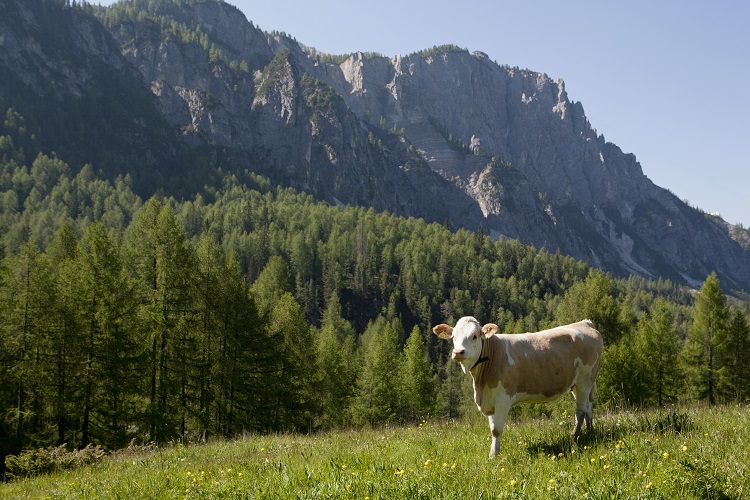The need to feed livestock drives deforestation. Crops such as soy, which are grown to feed cattle, use large chunks of agricultural land that has been converted from forest.
But why do we need to feed livestock in the first place? The largest reason is meat, the consumption of which will grow significantly as global populations rise.
Livestock are, however, not only a source of meat but another key commodity as well: dairy. Dairy is not a small industry and there are, according to the World Wildlife Fund (WWF), 270 million dairy cows in the world.
Dairy, as a commodity, is not directly linked to deforestation in the way that soy is, and so is not covered by the EUDR. However, how much of available dairy can be linked to the widespread clearing of forested land for livestock?
How much of dairy is linked to deforestation?
Livestock grazing is, according to the WWF, the dominant form of global deforestation and land use change. A study in 2018, which assessed the environmental impact of different animal products, including but not limited to deforestation, found that beef cattle have a greater environmental impact than dairy.
Indeed, according to a 2013 report by the UN’s Food and Agriculture Organisation (FAO), pasture expansion – the expansion of pastureland for cattle, often a driver of deforestation – is not generally associated with dairy cattle, but more prominently beef cattle.
Nevertheless, the impact of dairy on driving the production of feed, and thus, in many cases, deforestation, is not negligible. In the UK, for example, according to the WWF, large amounts of feed is fed to dairy cows, often the second biggest driver of soy consumption after meat and poultry production.
Climate impact of dairy
While dairy may not be strongly associated with deforestation, it is certainly a key cause of climate change. Dairy cows produce methane, a greenhouse gas significantly more potent than carbon dioxide. Their manure also produces greenhouse gas emissions.
Some dairy manufacturers, however, such as Danone, are working to reduce the methane emanating from their livestock.
According to a report released by WWF in 2018, a trend towards more indoor rearing of cattle is increasing soy consumption, especially in dairy.
Many of the dairy sectors in the UK, the WWF told us, are working towards sustainable feed production.
Is dairy affected by the EUDR?
Dairy is not directly covered, unlike cattle, by the EUDR. However, imports of soy and palm for dairy feed are included. The FAO report would suggest that beef is covered by the EUDR because it is more associated not just with demand for feed but with pasture expansion than dairy.
The advent of the EUDR has also not directly affected the commodity price of dairy. The impact has been “very limited at this point in time,” Marcel Goldenberg, chief market reporting officer at commodity price data company Expana, told FoodNavigator. The reason for this is that, he suggested, most cows are grass-fed.
In some countries a large percentage of cows are grass-fed. For example, in Canada 75% of a cow’s diet must be grass or forage, according to the Dairy Farmers of Canada.
>>> Read full article>>>
Copyright for syndicated content belongs to the linked Source : FoodNavigator – https://www.foodnavigator.com/Article/2024/07/18/dairy-and-deforestation-is-there-a-link?utm_source=RSS_Feed&utm_medium=RSS&utm_campaign=RSS
